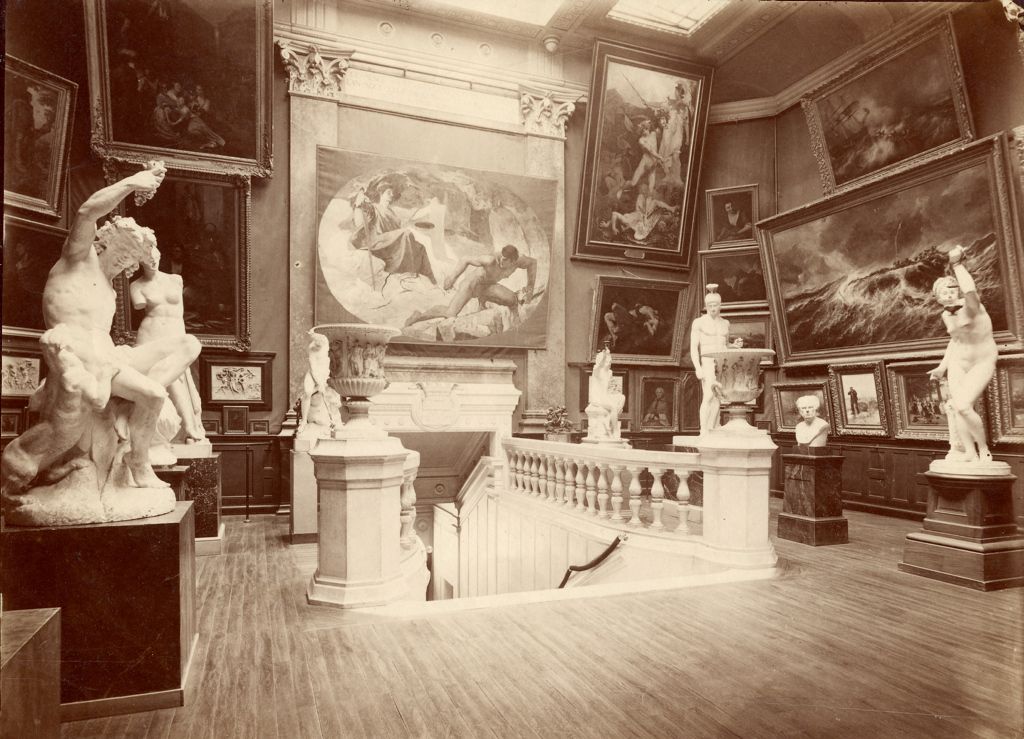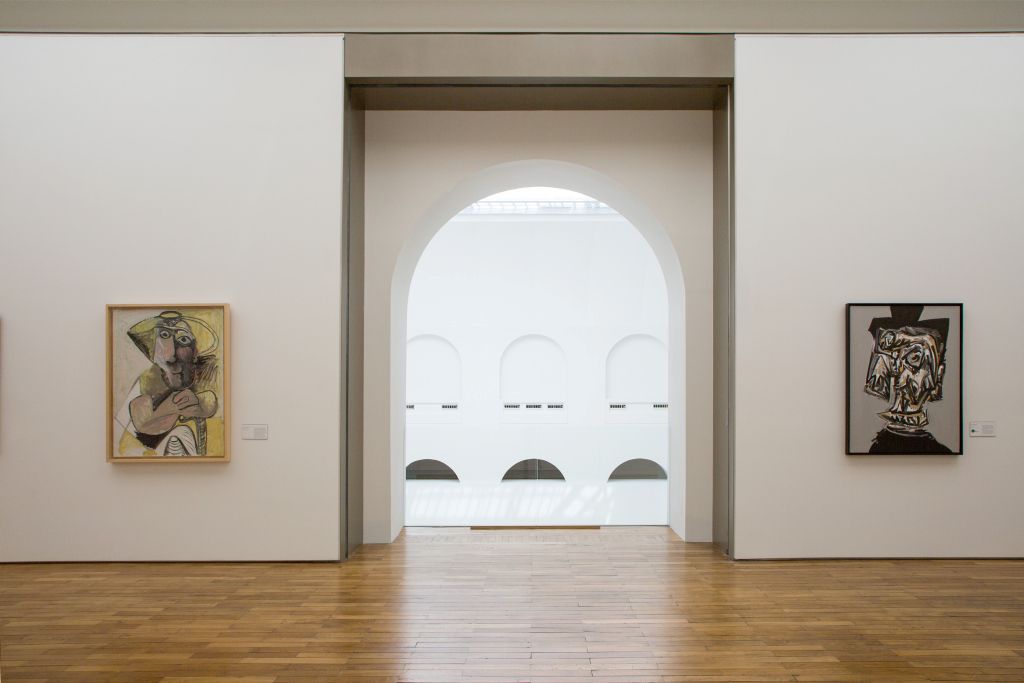Depuis la création du musée, la Ville de Nantes n’a eu de cesse d’enrichir les collections, en achetant tout particulièrement des œuvres d’artistes vivants. Cette politique d’acquisition a constamment enrichi le fonds d’œuvres, notamment en art moderne et contemporain. La volonté de faire dialoguer toutes les collections en un seul lieu au cœur de la ville a nourri la réflexion du projet de réhabilitation de 2011/2017. Depuis lors, le Musée des Beaux-Arts est devenu le Musée d’arts de Nantes.

Le Musée des Beaux-Arts
1801 : création du Musée des Beaux-Arts par Napoléon Bonaparte ;
1810 : acquisition de 1 155 tableaux, 64 sculptures et 10 000 estampes provenant de la collection du diplomate nantais François Cacault ;
1891 : la ville décide de construire un édifice pour conserver et présenter la collection ;
1900 : le Palais des Beaux-Arts est inauguré au cœur de la ville, à son emplacement actuel.
Le Musée d’arts de Nantes
2009 : souffrant d’un manque de surfaces d’exposition et d’outils nécessaires à un établissement moderne (auditorium, salles pédagogiques), un projet de restauration et d’extension du Musée des Beaux-Arts est confié au cabinet d’architectes britannique Stanton Williams ;
2017 : ouverture d’un musée du 21e siècle, le Musée d’arts de Nantes ! L’architecture d’hier et d’aujourd’hui reflète véritablement les collections du musée où passé et présent dialoguent subtilement au fil des galeries. Il offre désormais 30 % de surface d’exposition supplémentaire et vous invite à découvrir le Cube, nouveau bâtiment entièrement dédié à l’art contemporain, reliant désormais la Chapelle de l’Oratoire au Palais.

